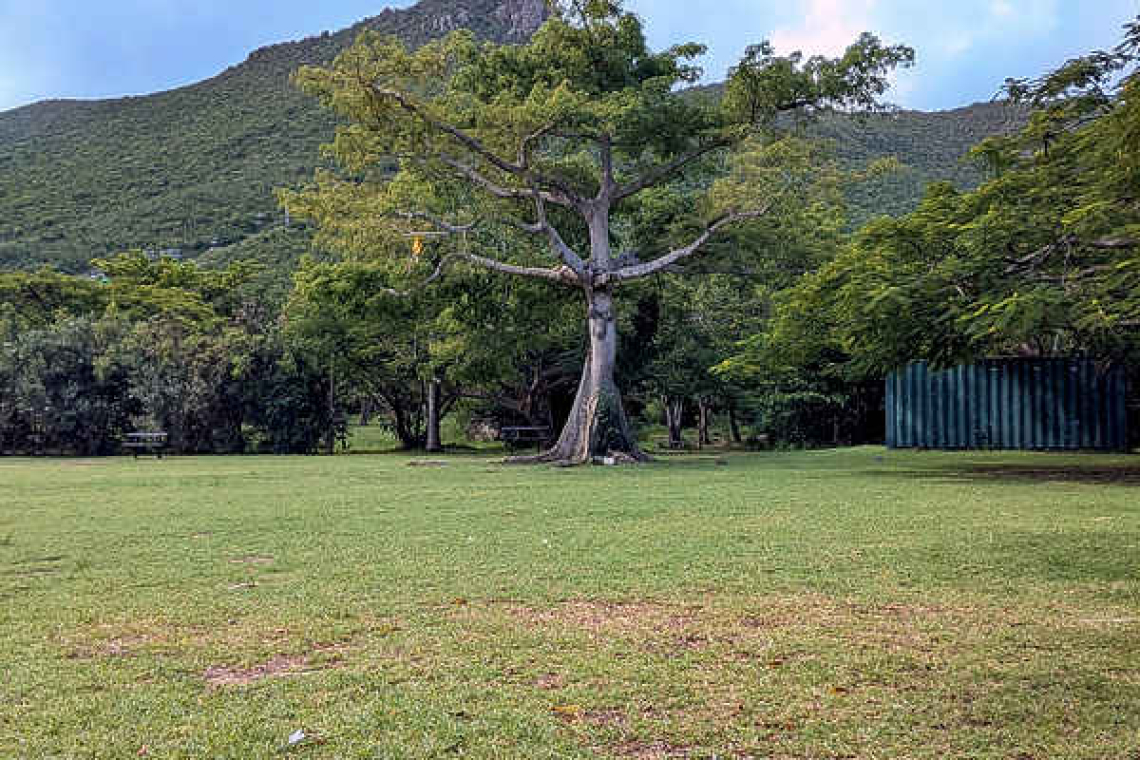The Emilio Wilson Estate, beacon of cultural and natural heritage.
PHILIPSBURG--The Emilio Wilson Estate Foundation and its sister organisation, the St. Maarten Pride Foundation, have welcomed recent news that the government is in discussions with Rainforest Adventures to return approximately half of the Emilio Wilson Estate to public ownership. The foundations are encouraged by the government's intention to designate parts of the estate for agriculture and conservation.
“We reiterate our call for the entire remaining portion of the Emilio Wilson Estate, a beacon of cultural and natural heritage, to be established as St. Maarten's first land-based Protected Area and National Park,” the foundations said on Thursday.
The Emilio Wilson Estate Foundation has repeatedly urged the government to preserve the estate for future generations. The most recent appeal came on World Nature Conservation Day, July 28, 2022, when the foundation called on then-Minister of Public Housing, Environment, Spatial Development, and Infrastructure VROMI, Egbert Doran, and the former Parliament to designate the remaining portion of the estate as a protected area. “We call upon all of St. Maarten's residents and visitors to take pride in the island's natural heritage, to respect it, and to make every effort to protect and preserve it,” the trustees of the estate declared. Their call remained unanswered.
The estate, located on the western side of the road running through Cul de Sac Valley to St. Peters, spans approximately 90 hectares, extending from the road to the summit of Sentry Hill. The land includes former sugar plantations, with 9 hectares leased to the Emilio Wilson Estate Historical and Cultural Park Foundation and more than 80 hectares extending to the top of Sentry Hill.
“It is important to clarify that those advocating for the protection of this area do not intend to create a space where access is restricted,” said Reuben Thompson, speaking on behalf of the Emilio Wilson Estate Foundation in 2022. “As St. Maarten’s first protected area, it should be accessible to the public. We want the people of St. Maarten and visitors to learn about our heritage and the ecological value of our islands. We envision opening it up to schools, so that students can learn about our heritage.”
Thompson noted that St. Maarten's natural and cultural heritage is not currently included in the school curriculum. “Environmental organisations step in to provide education on natural heritage and environmental issues. Protecting the Emilio Wilson Estate and establishing it as a protected area with trails and lookout points would significantly enhance environmental education efforts.”
Currently, none of St. Maarten's terrestrial environments—including its biologically diverse rainforests, drought-resistant habitats, and lagoons—is officially protected. These areas serve as crucial habitats, migratory stops, or breeding sites for several endangered bird species and many other animal and plant species with limited distribution.
The lack of terrestrial parks and the growing threats to remaining natural environments have long concerned local conservationists. Even before the establishment of Country St. Maarten in 2010, the Nature Foundation and other organisations were advocating for protective measures. The "St. Maarten Proposed Land Parks Management Plan" outlines a strategy for safeguarding four key land-based areas, including the hilltops and Emilio Wilson Estate.
Given its comprehensive approach, the foundations urge the government of St. Maarten to adopt this management plan as a framework to protect St. Maarten's unique cultural and environmental heritage.







